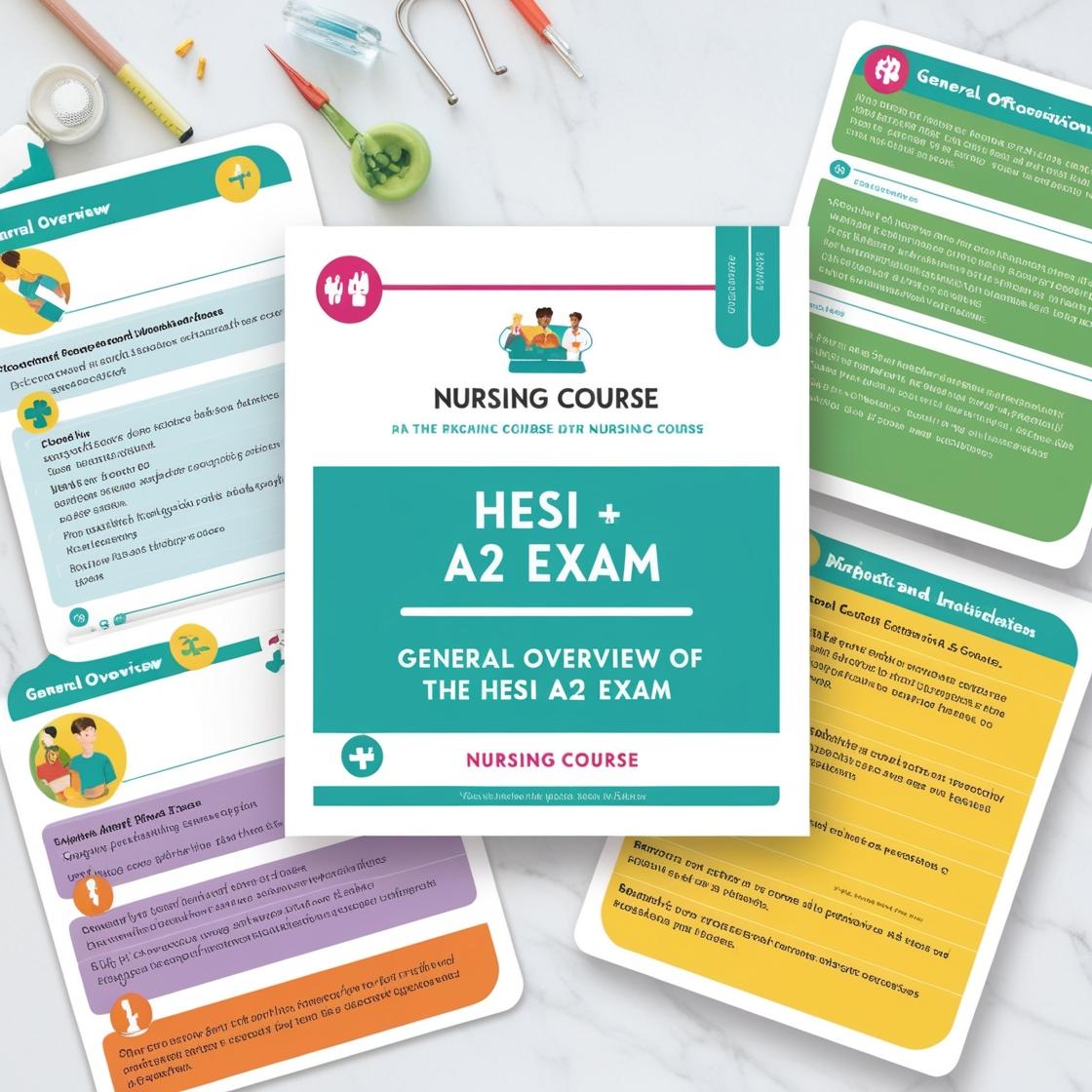HESI A2
Chemistry HESI A2 Practice Test
1. Which two functional groups would you expect an amino acid to contain?
- A. R-NH2 and R-COOH
- B. R-CHO and R-CO-NH
- C. R-OH and R-COOR
- D. R-O-R and R-COOH
Correct answer: A
Rationale: Amino acids are organic compounds that are characterized by the presence of an amino group (NH2) and a carboxylic acid group (COOH) in their chemical structure. These two functional groups, found in option A, are fundamental components of amino acids and play crucial roles in their classification and biological functions. Option B contains an aldehyde group (CHO) and an amide group (CO-NH), which are not characteristic functional groups of amino acids. Option C includes a hydroxyl group (OH) and an ester group (COOR), which are not typically present in amino acids. Option D presents ether (R-O-R) and carboxylic acid (COOH) functional groups, which do not represent the functional groups commonly found in amino acids.
2. What is an alloy in which another metal is dissolved in mercury (Hg) called?
- A. Electrum
- B. Amalgam
- C. Solder
- D. Bronze
Correct answer: B
Rationale: An amalgam is a type of alloy where another metal is dissolved in mercury (Hg). This process forms a unique mixture that has various applications in dentistry, chemistry, and other fields. Electrum is a natural alloy of gold and silver, solder is a metal alloy used to join other metals together, and bronze is a copper-tin alloy. Therefore, the correct answer is B - Amalgam.
3. What is the correct formula for silver hydroxide?
- A. AgO
- B. AgOH
- C. AgH
- D. AgH₂O
Correct answer: B
Rationale: The correct formula for silver hydroxide is AgOH. Silver hydroxide is formed by the combination of the silver ion (Ag⁺) with the hydroxide ion (OH⁻) to create AgOH. It is essential to note that the hydroxide ion consists of one oxygen and one hydrogen atom, thus the formula AgOH. Choices A, C, and D are incorrect as they do not accurately represent the composition of silver hydroxide.
4. What is the pH of acids?
- A. 7.5
- B. < 7
- C. > 7
- D. 7
Correct answer: B
Rationale: The correct answer is B: < 7. Acids have a pH lower than 7, indicating higher acidity. A pH below 7 signifies an acidic solution, with lower values indicating stronger acids. Choice A (7.5) is incorrect as it is greater than 7, which is alkaline. Choice C (> 7) is incorrect as values greater than 7 represent alkaline/basic solutions. Choice D (7) is incorrect because a pH of 7 is neutral, not acidic.
5. Al(NO3)3 + H2SO4 → Al2(SO4)3 + HNO3 is an example of which kind of reaction?
- A. Decomposition reaction
- B. Synthesis reaction
- C. Single replacement reaction
- D. Double replacement reaction
Correct answer: C
Rationale: The given chemical equation represents a single replacement reaction. In this reaction, aluminum (Al) displaces hydrogen in sulfuric acid (H2SO4), forming aluminum sulfate (Al2(SO4)3) and releasing nitric acid (HNO3). Single replacement reactions involve an element replacing another element in a compound, which is evident in this reaction. Choice A, Decomposition reaction, is incorrect because decomposition reactions involve a single compound breaking down into two or more substances. Choice B, Synthesis reaction, is incorrect as it involves the combination of two or more substances to form a more complex compound. Choice D, Double replacement reaction, is also incorrect as it involves an exchange of ions between two compounds to form two new compounds.
Similar Questions

Access More Features
HESI A2 Basic
$99/ 30 days
- 3,000 Questions with answers
- 30 days access @ $99
HESI A2 Premium
$149.99/ 90 days
- Actual HESI A 2 Questions
- 3,000 questions with answers
- 90 days access @ $149.99
